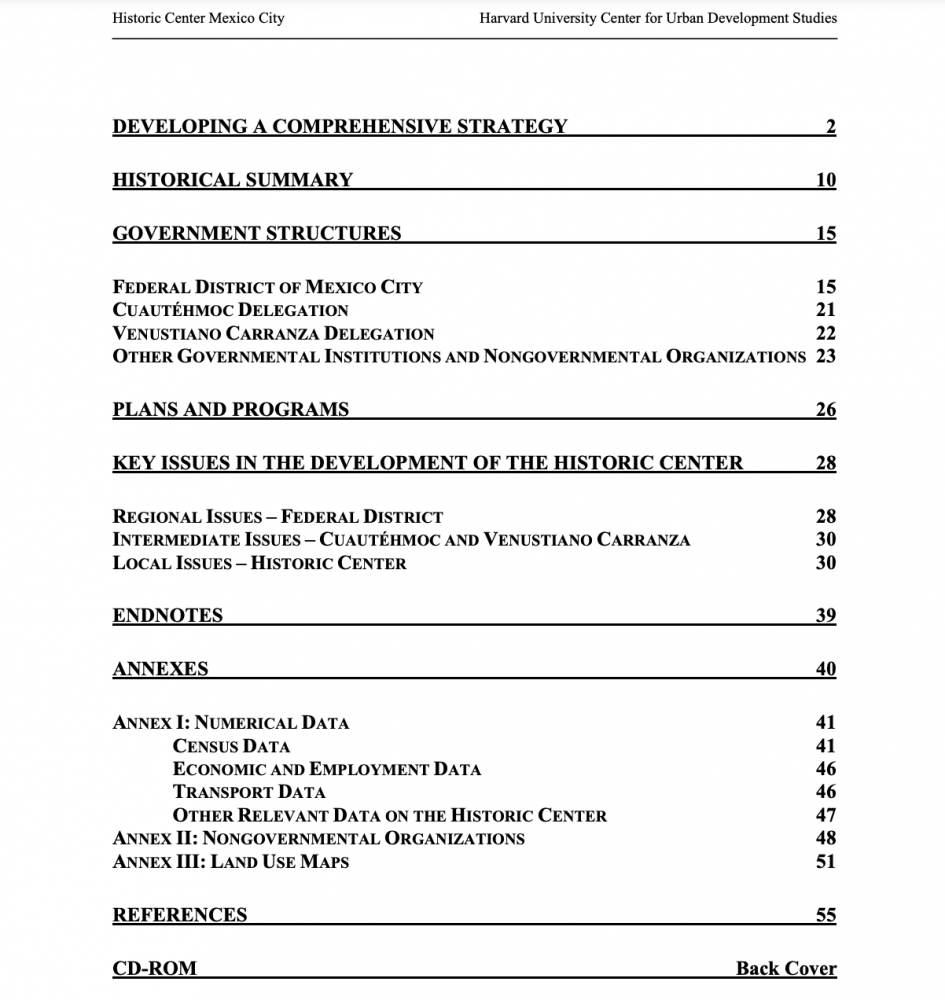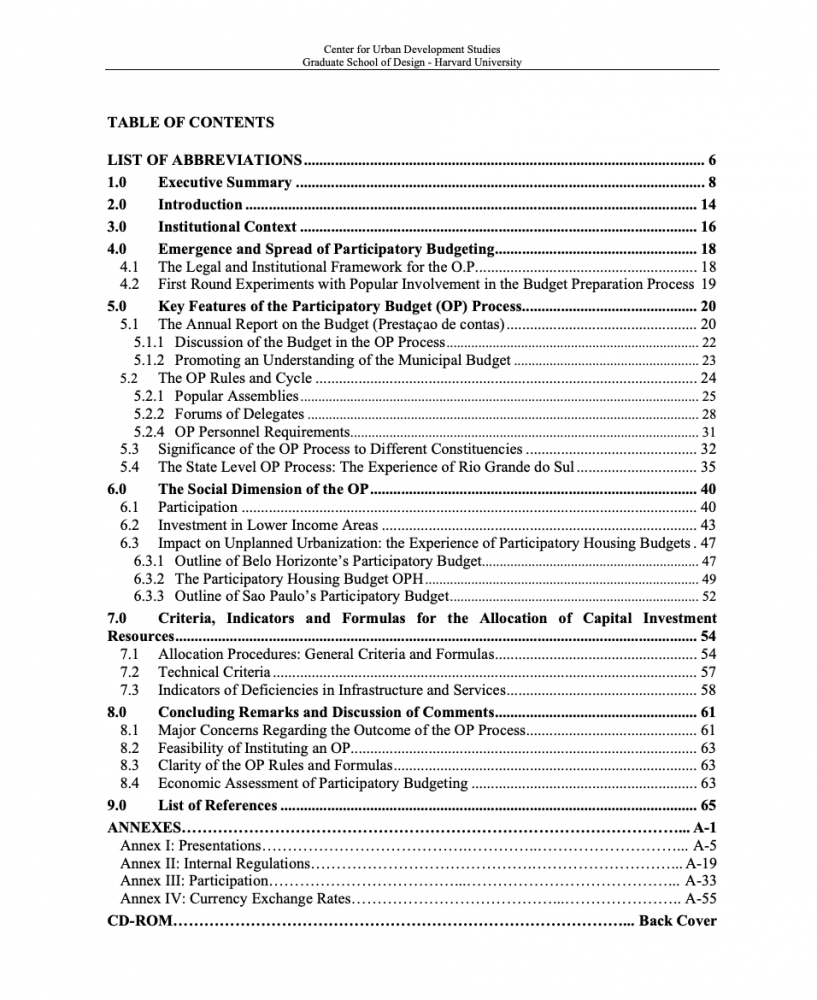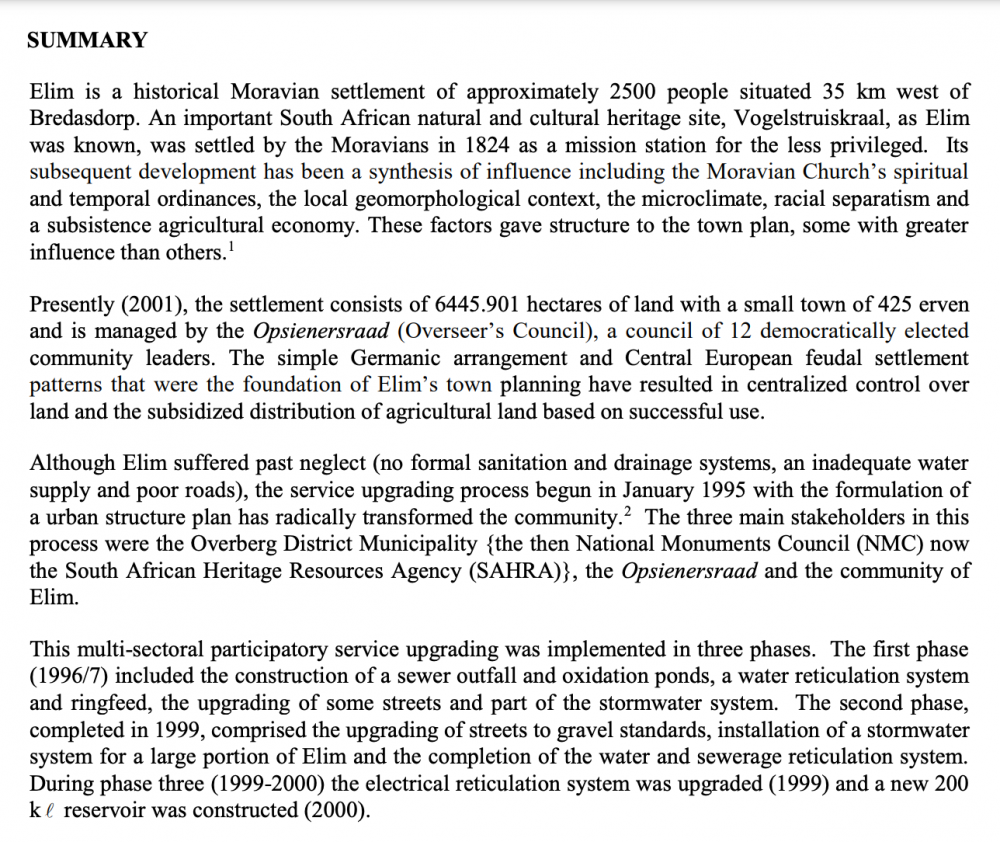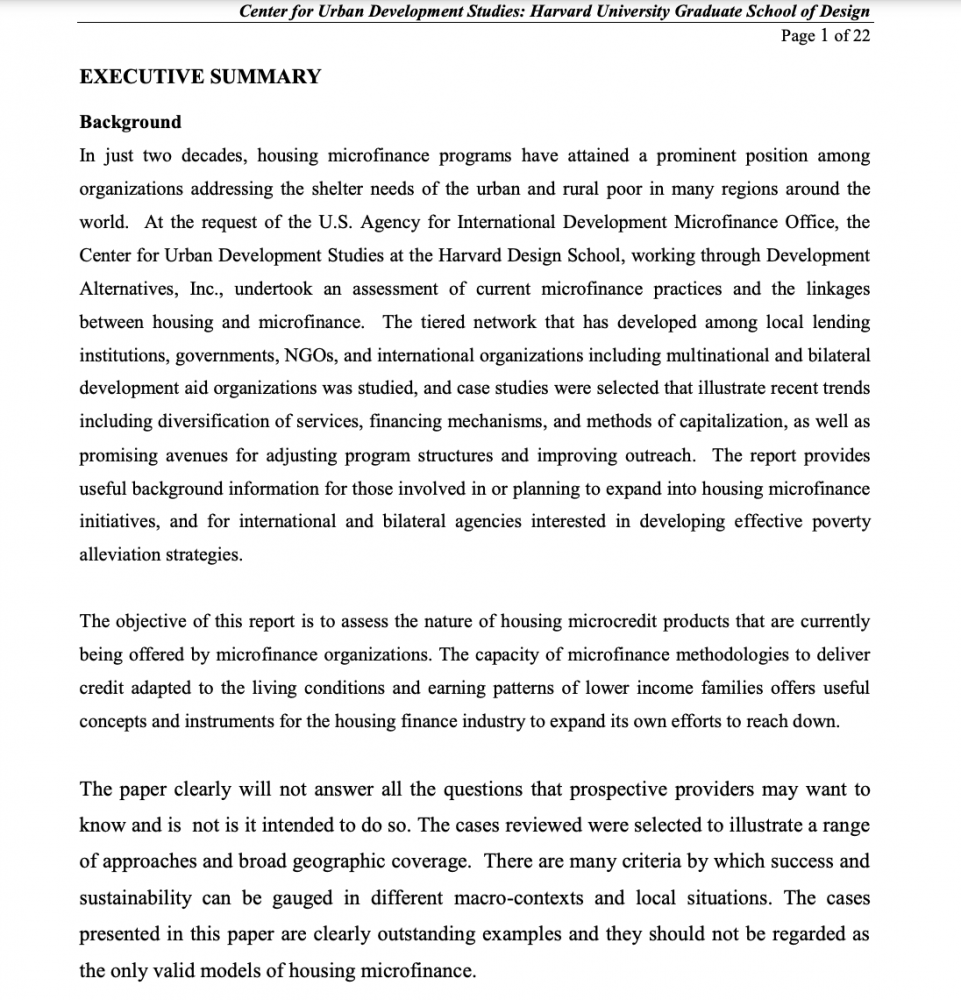Abstract
An USAID-Romania and ARD Inc. report on the “Romania Local Governance Bridge Program: Metropolitan Planning and Cooperation in Romania,” sponsored by USAID (Task Order 810) in 2005. The report outlines the development of approaches best suited to Romania, drawing upon technical assistance previously provided to the Municipality of Oradea and surrounding communes.
CUDS members John Driscoll and François Vigier contributed by outlining technical assistance approaches to metropolitan development and governance used in Romania.
Excerpt
[Excerpt]: Introduction and Preface
“This report was developed based on joint missions with John Driscoll, Institute for International Urban Development and Mr. Liviu Ianasi, Vice-Dean of the School of Urban Planning in Ion Mincu University of Architecture and Urban Planning and consultant to the Chief Architects Association and Ploiesti municipality.
“This report is based on a request to USAID to help the Municipality of Ploiesti to redefine its approach to implementing metropolitan development—spatial and metropolitan governance—and to assist the Romanian Chief Architects Association to identify different approaches to metropolitan development in Romania. This is part of a larger activity of the association to systematically highlight major challenges on various topics that are relevant to the planning activities of chief architects in Romanian cities.”
“This report is divided into the two major topics of the request for assistance: (a) an overview of metropolitan and inter communal planning approaches in the U.S., the EU and Romania; and (b) a review of current initiatives in Ploiesti and recommendations for subsequent activities. For the purposes of this report, the Association requested that an emphasis be put on reviewing U.S. experiences that could be relevant to the Romanian context. More extensive work on the EU dimension of metropolitan planning and inter-communal cooperation has been undertaken separately by the Chief Architects Association and covered in related work by Romanian consultants working on metropolitan initiatives in Romania. In the last five years, the concept of metropolitan and inter-communal cooperation and the emergence of specific proposals have gained momentum in Romania. There is an emerging body of experience and research within in both the fields of urban and public administration on the topic.”
“This report was developed based on joint missions with Mr. Liviu Ianasi, Vice-Dean of the School of Urban Planning in Ion Mincu University of Architecture and Urban Planning and consultant to the Chief Architects Association and Ploiesti municipality… Ms. Simona Munteanu, Chief Architect of the Municipality of Ploiesti, worked with the consultants to review current initiatives for the Ploiesti metropolitan area and develop proposals for further cooperation. The consultants would like to thank ARD-Romania for the assistance provided during the course of this assignment.”
“Professor Francois Vigier, (formerly) Professor Emeritus at the Harvard School of Design and President of the International Institute for Urban Development in Cambridge Massachusetts contributed advice and text to the summary of the experience of metropolitan development in the United States. Ms. Muneanu, Mr. Andrei Luncan, Dr. Arh. Radu Radoslav and other members of the Subcommittee on Metropolitan Cooperation of the Chief Architects Association provided important insights to the current efforts in metropolitan development in Romania. The work of the Association should receive continued support given the potential impact of positively shaping urban growth in Romania. Discussions with Dr. Nicolae Taralunga and Dr. Sorina Racoviceanu of the Institute for Housing and Urban Development.” [End excerpt]
(Reproduced for Education and Research Fair Use. Copyright Information: This publication was produced for review by the United States Agency for International Development. It was prepared by ARD, Inc. 2005. USAID Task Order 810: USAID Contract No. AEP-I-00-00-00016-00.)
| Project Year: | 2005 |
| Project Type: | Policy Paper |
| Geographic Regions: | Ploiești, Romania |
| Reports: | Romania Local Governance Bridge Program: (Report, 2005) |
| Authors: | François Vigier; John Driscoll; Liviu Ianasi |
| Sponsors: | USAID-Romania |
| Categories: | Urban Planning |
| ID: | 2005_07_001 |






